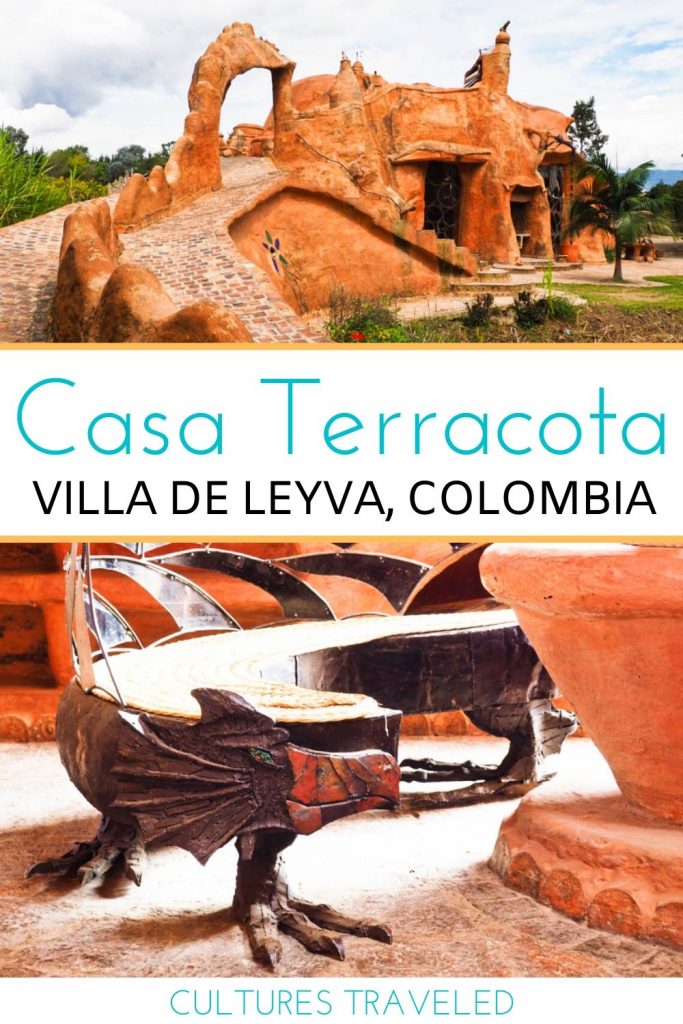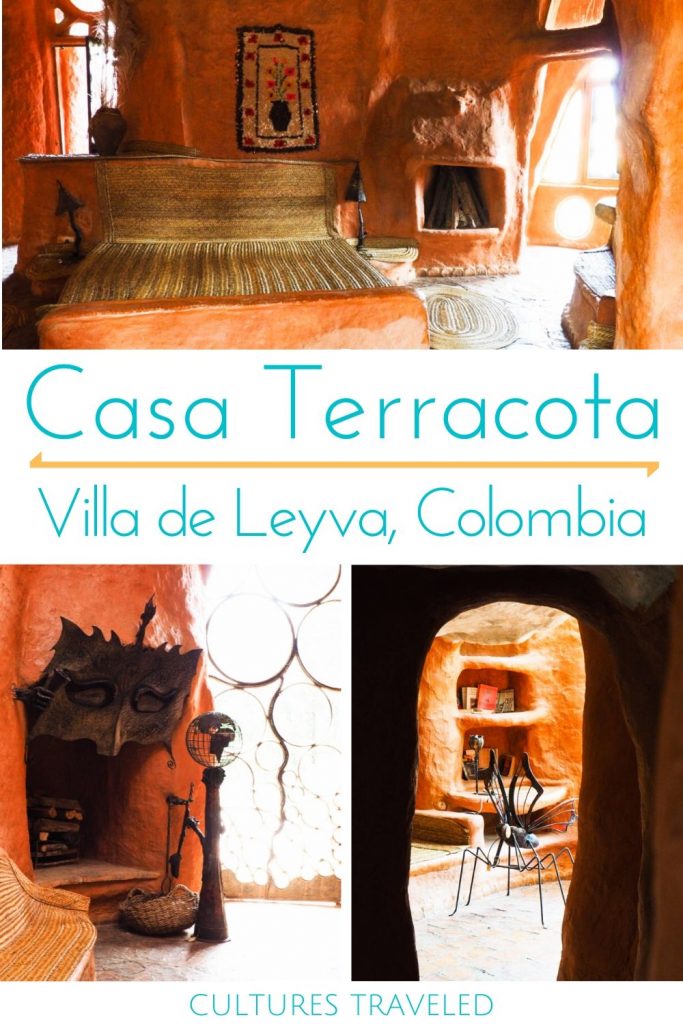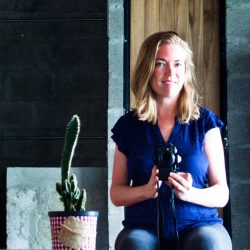Casa Terracota: An Oddity in Villa de Leyva
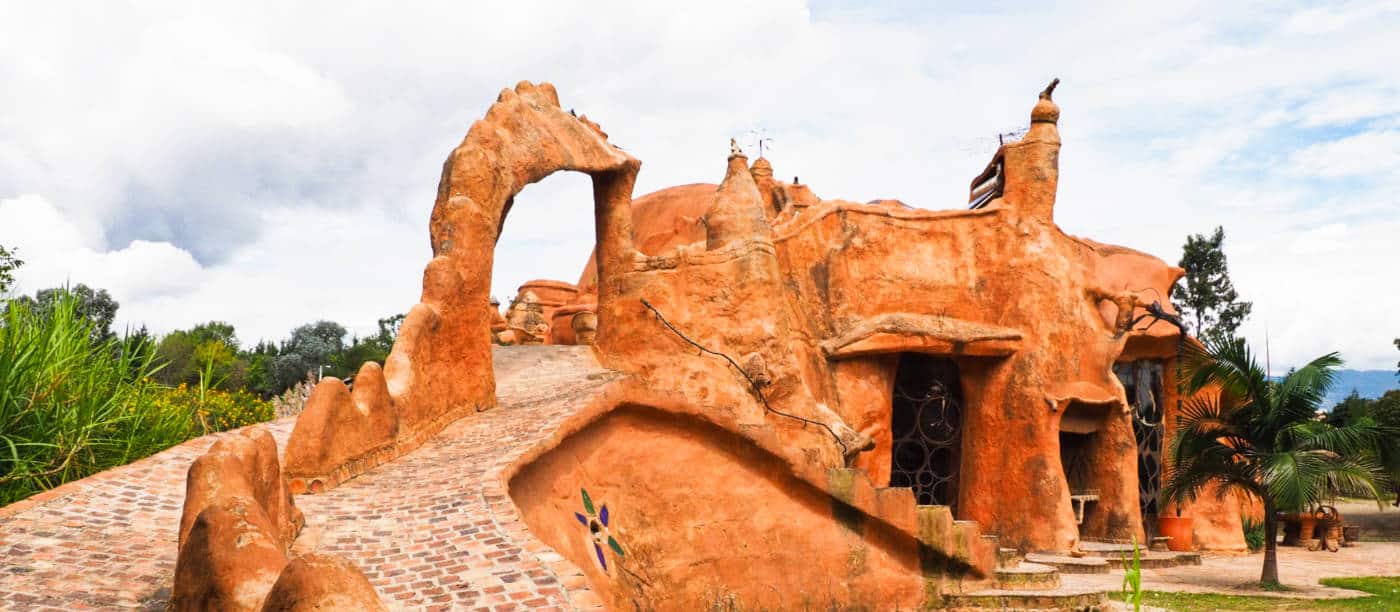
As you approach Casa Terracota, it’s unusual bubbly shape makes you question why this building exists outside the small town of Villa de Leyva, Colombia. It’s the largest piece of pottery in the world, making the house itself an intriguing masterpiece. But the fascination endures inside Casa Terracota where curved clay walls seamlessly flow from one room to the next.
Everything is made of clay from the furniture to the floors, with various artistic touches forged in metal throughout the home. Most of the metal figures in the house are animal representations. A pendant light in the form of a fish hangs over the kitchen sink. On the stovetop made of clay, each knob depicts a different insect. And the body of a dragon wraps around the dining room table to form a bench. It’s clear that the creator of Casa Terracota had a vision for living as one with nature.
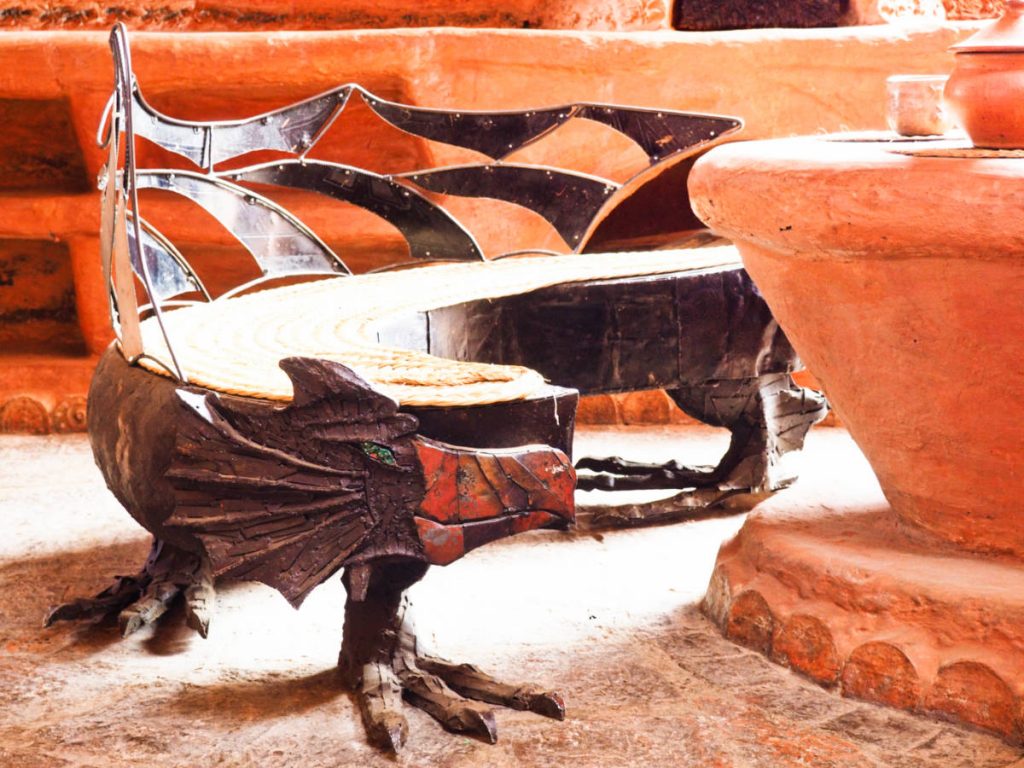

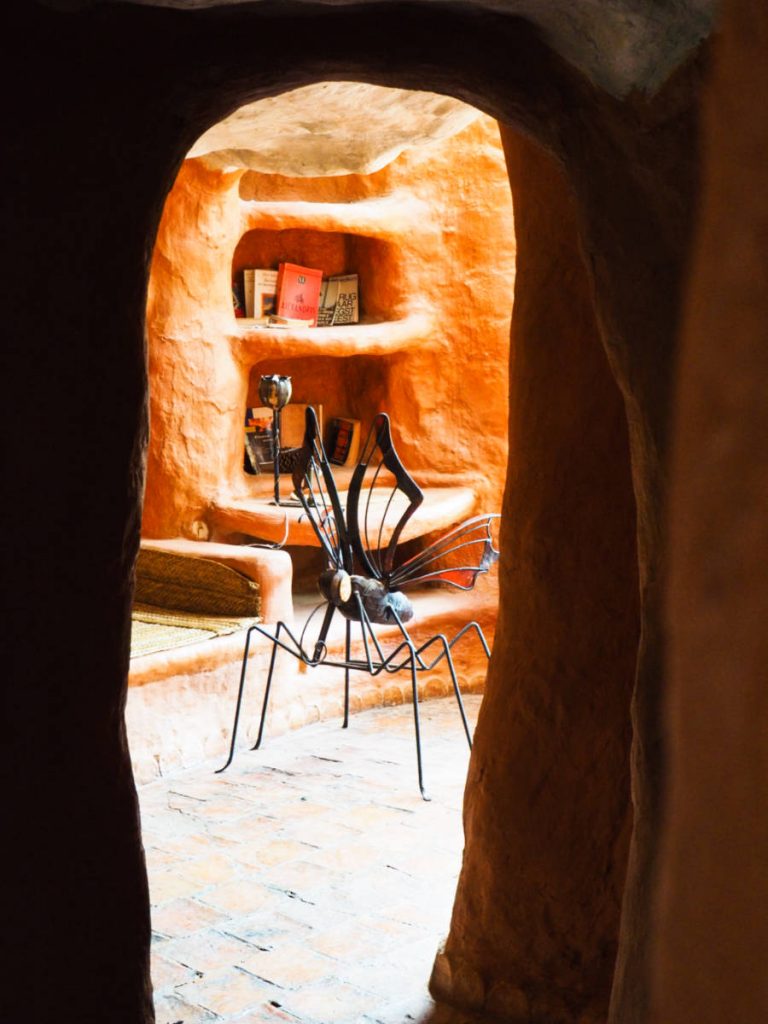
Most travelers to Villa de Leyva will put visiting Casa Terracota on their list of things to do. But it is more deeply appreciated when you know the history of the house, its creator, and its conception. I only learned the story behind Casa Terracota after my visit, but I found it so intriguing I wanted to share it with future visitors.
History of Casa Terracota
The idea behind Casa Terracota was born when Colombian architect, Octavio Mendoza Morales was having a conversation with his niece. She inquired if it was possible to blend his love of pottery and architecture.
After that conversation, he developed a dream to use the four elements – earth, air, water, and fire – to transform the earth into a piece of architecture. He wanted to create an alternative way of living in touch with the surrounding environment.
The building of Casa Terracota took over 15 years to complete, beginning in 1999.
How was Casa Terracota Built?
All 5,400 square feet of Casa Terracota was built using only clay. There is no rebar, no concrete, no other materials used to reinforce the structure. Just the earth. Even the kitchen counters, the seating areas, the bed, the bathrooms. Everything is made from clay. Powered by solar energy, it is the ultimate sustainable home.

Many people assume the house was cooked by the sun, but as Morales explains, the sun and air only helped to dry the layers of clay as it was being built. Using the element of fire, he ‘cooked’ the house, room by room by burning coke coal, which he claims is better for the environment than coal from wood.
Each room was burned for 30 days and then allowed to cool for 30 days. The burning of the home helped to strengthen its thick walls. In fact, Morales says the best thing that could happen to Casa Terracota is for it to have a fire, for the house to burn and thus even further fortify the structure.
The best thing that could happen to the house is for it to have a fire. To burn and further fortify the structure.
Why Did Morales Build Casa Terracota?
As an architect, Morales became frustrated with the traditional man-made building materials when the Earth is rich in natural materials. He built Casa Terracota because he wanted to live in an alternative space more similar to the adobe house his grandmother lived in.
He intended to live in the house, but as its oddity and Villa de Leyva itself became more popular with tourists, he found strangers arriving at his house unannounced. Rather than get angry, he opened the house to inquisitive tourists and built a smaller ‘artist house’ in which to live.

Today Casa Terracota is used as a space to talk about art and host other lectures about various trades. In addition, the artist house welcomes an artist in residence each year. In exchange for their time and experience in Villa de Leyva, the artist is asked to create something of note of which to remember them.
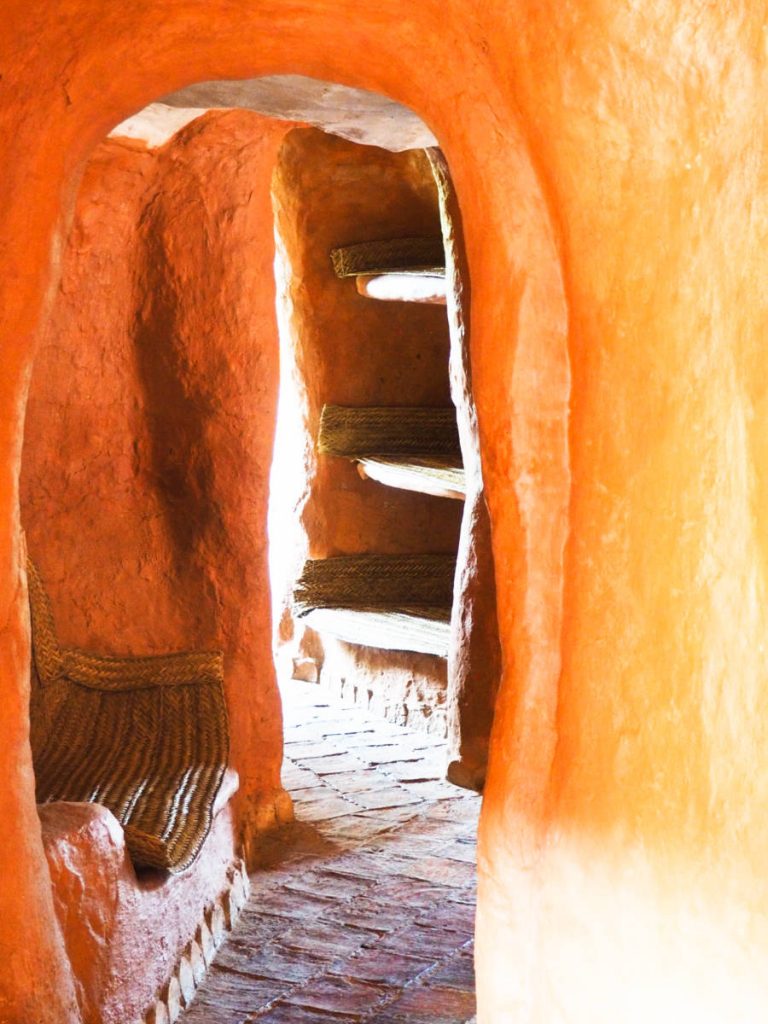
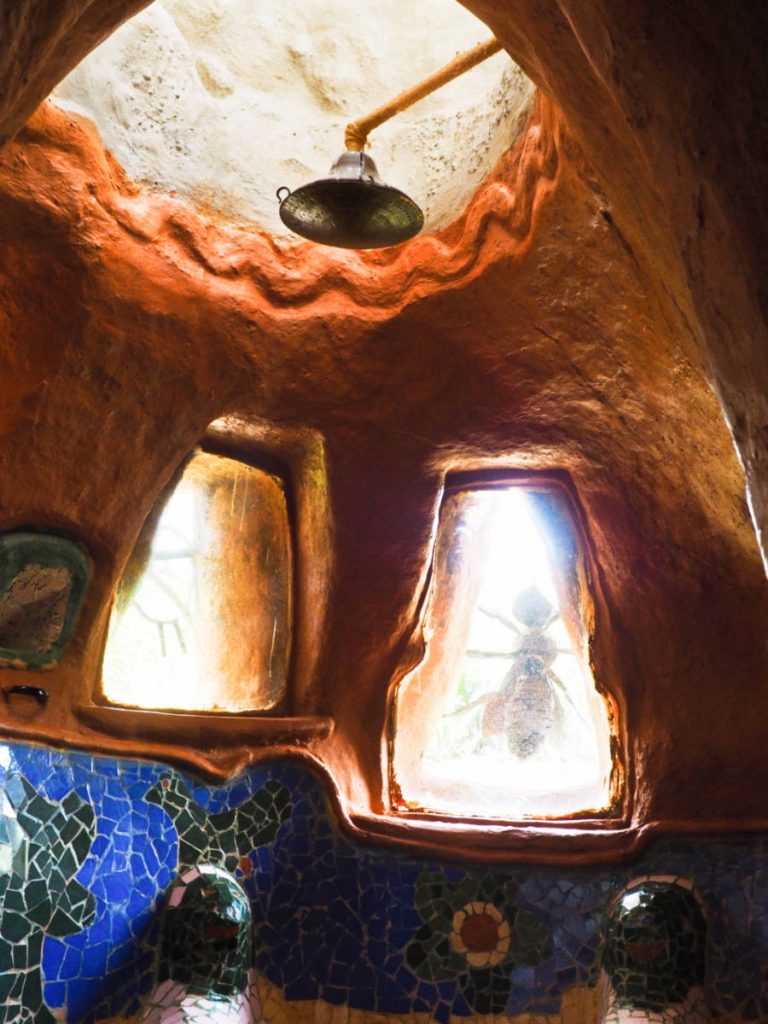
Where is Casa Terracota?
Casa Terracota is located just outside the small town of Villa de Leyva, Colombia. It is easily accessible via a 30 minute walk from town or a short bus ride (look for the sign Casa de Barro in the bus windshield). The house is open every day from 8:30 am – 5:30 pm with an entrance fee of 15,000 pesos for adults and 8,000 pesos for children 12 years and younger.
Like this Post? Pin It!
